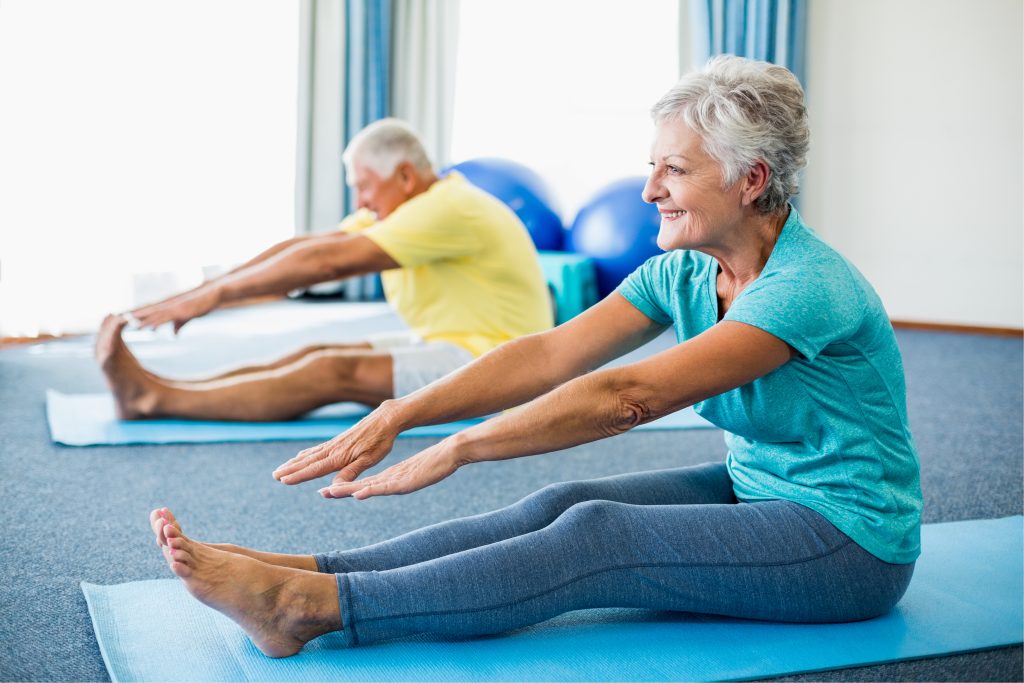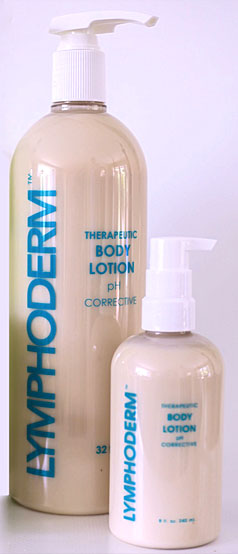Living with lymphedema requires a proactive and holistic approach to self-care. Individuals managing this chronic condition can significantly improve their quality of life through a combination of lifestyle adjustments, preventive measures, and targeted self-care practices. In this article, we present 10 essential lymphedema self-care practices, each accompanied by expert insights, tips, and references to reputable sources for further guidance.
1. Stay Active with Low-Impact Self-Care Exercises

Regular physical activity plays a crucial role in maintaining lymphatic flow and preventing fluid buildup. Engage in low-impact exercises such as walking, swimming, or yoga. These activities enhance lymphatic circulation and maintain muscle tone and strength in the acted area, without placing excessive strain on the lymphatic system. In most instances compression will be worn during exercise.
Expert Tip: “Exercise is a key component of lymphedema management. Choose activities that promote movement without causing overexertion, and consult your healthcare provider for a personalized exercise plan.” – National Lymphedema Network
2. Practice Complete Decongestive Therapy (CDT) Techniques at Home
CDT or Complete Decongestive Therapy is a comprehensive approach to lymphedema management that includes manual lymphatic drainage, compression therapy, exercise, and skin care. Learn lymphedema self-care techniques and follow a compression bandaging and garment routine at home to promote limb stabilization against refilling.
Expert Tip: “Self-MLD and compression are integral components of CDT that individuals can incorporate into their daily routines. Consult a certified lymphedema therapist for personalized guidance.” – Lymphology Association of North America
3. Maintain a Healthy Weight and Nutrition
Excess weight can strain the lymphatic system, contributing to fluid retention. Adopting a balanced diet rich in fruits, vegetables, and lean proteins supports overall health and can aid in weight management along with activity.

Expert Tip: “A nutritious diet promotes overall well-being and may help manage weight, reducing the burden on the lymphatic system. Consult a registered dietitian for personalized dietary advice.” – Academy of Nutrition and Dietetics
4. Stay Hydrated
Proper hydration is essential for lymphatic function. Drinking an adequate amount of water helps maintain the fluid balance in the body and supports the transport of lymphatic fluid.
Expert Tip: “Hydration is crucial for lymphatic health. Aim to drink enough water throughout the day, and avoid excessive consumption of salty foods that can contribute to fluid retention.” – Mayo Clinic

5. Mindful Skin Care
Caring for your skin is a fundamental aspect of lymphedema self-care. Keep your skin clean, moisturized, and free from cuts or abrasions. Use fragrance-free products like Lymphoderm Lotion to minimize the risk of irritation.
Expert Tip: “Gentle skin care is essential for individuals with lymphedema. Avoid harsh soaps and moisturize regularly to prevent dryness and cracks that could lead to infections.” – National Cancer Institute
6. Elevate Affected Limbs
Elevating the affected limb helps reduce swelling and promotes lymphatic drainage. Raise your limb above heart level whenever possible, especially during periods of rest.
Expert Tip: “Elevation is a simple yet effective technique to manage swelling. Use pillows or cushions to elevate your limb and consult your healthcare provider for specific recommendations.” – National Lymphedema Network
7. Wear Proper Footwear
Choosing the right footwear is essential for individuals with lymphedema, especially if lower limbs are affected. Opt for comfortable shoes that provide support and do not constrict circulation while also encouraging movement.
Expert Tip: “Proper footwear is crucial in preventing foot-related complications in individuals with lymphedema. Choose shoes that fit well and provide adequate support.” – American Podiatric Medical Association
8. Manage Stress through Relaxation Techniques

Stress can exacerbate lymphedema symptoms. Incorporate relaxation techniques such as deep breathing, meditation, or gentle yoga to manage stress levels and promote overall well-being.
Expert Tip: “Stress management is an important aspect of lymphedema self-care. Find relaxation techniques that work for you and make them a regular part of your routine.” – Psychology Today
9. Educate Yourself and Advocate for Supporting Lymphedema Self-Care
Knowledge empowers individuals to take an active role in their lymphedema management. Stay informed about the condition, attend support groups, and advocate for yourself to ensure you receive the lymphedema self-care you deserve.
Expert Tip: “Education and advocacy are key in navigating life with lymphedema. Joining support groups can provide valuable insights, and don’t hesitate to communicate your needs with healthcare providers.” – Lymphatic Education & Research Network
10. Regular Medical Check-ups
Regular check-ups with healthcare professionals, including lymphedema therapists, provide an opportunity to monitor your condition, adjust treatment plans, and address any emerging concerns promptly. Use our Therapist Referral Form if you need help finding a therapist near you!
Expert Tip: “Consistent medical follow-ups are essential for individuals with lymphedema. Regular assessments help healthcare providers tailor interventions to your evolving needs.” – World Health Organization
Conclusion:
Incorporating these lymphedema self-care practices into your daily routine can make a substantial difference in managing lymphedema effectively. However, it’s crucial to remember that individual needs vary, and consulting with healthcare professionals is paramount. By adopting a proactive and personalized approach to self-care, individuals with lymphedema can enhance their well-being and regain a sense of control over their lives.

